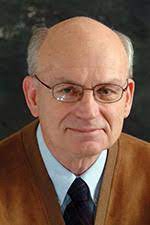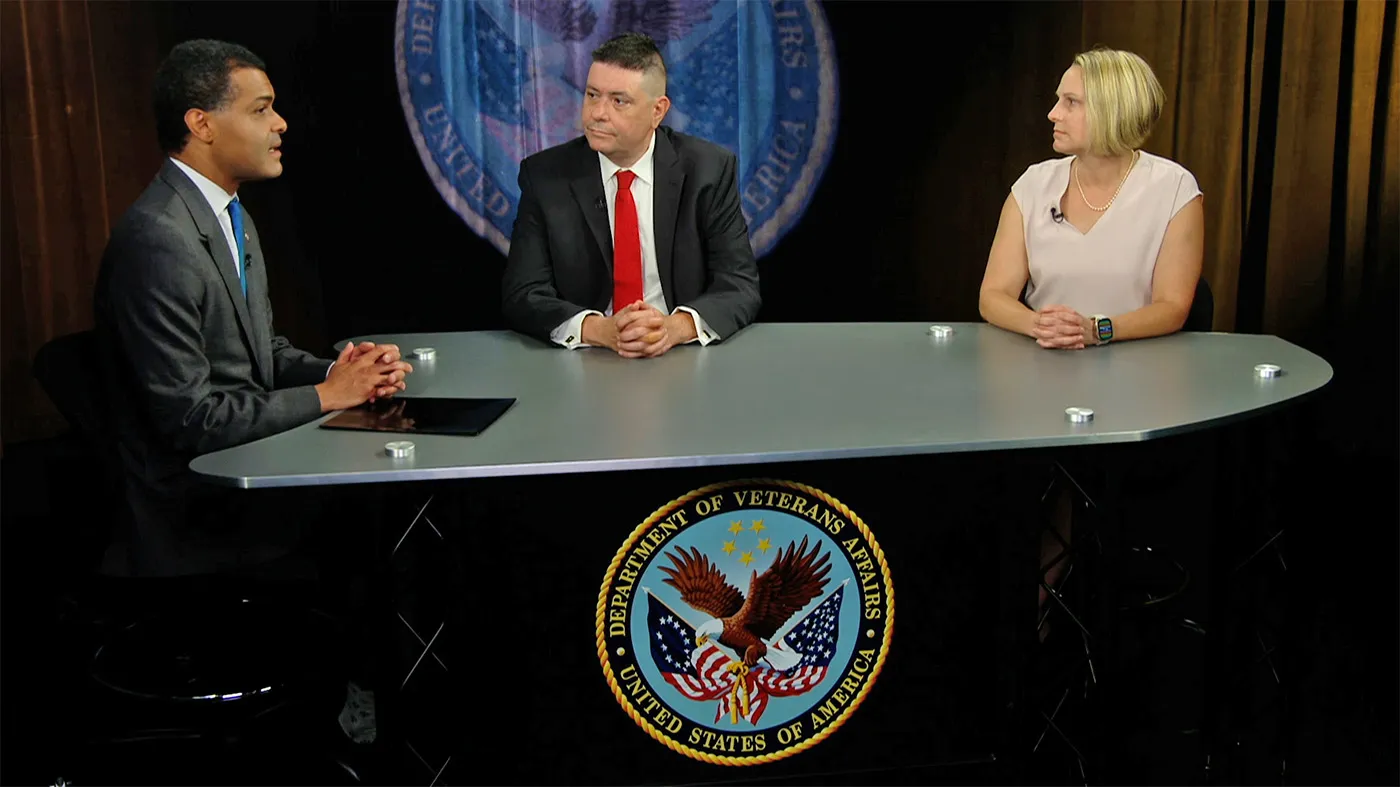Dr. Dudley Childress, a pioneer in prosthetic, orthotic, and assistive device technology, was one of the world’s leading biomedical engineers.
He was a senior VA researcher at the VA Chicago Health Care System, now known as the Jesse Brown Department of Veterans Affairs Medical Center, and he served in the U.S. Army.
Childress helped pioneer the myoelectric control system – a technology that applies electrical signals from muscles to activate prosthetic limbs. In the 1970s, he and his team became the first to design and commercially introduce the “sip and puff” wheelchair. Users can send electrical signals to a device by sipping or puffing into a straw, tube or wand. The assistive technology is mainly used by people who are paralyzed and are unable to use their hands.
In 2002, Childress received VA’s prestigious Paul B. Magnuson Award, the highest honor given to VA rehabilitation investigators, for his work on behalf of people with disabilities. The award is given to a researcher who “exemplifies the entrepreneurship, humanitarianism and dedication to Veterans displayed by Dr. Magnuson.” Magnuson, VA’s chief medical director after World War II, was a pioneering orthopedic surgeon who built the VA health care system.
An all-state football player
Born in 1934 on his grandparents’ farm in a small town in Missouri, Childress had humble roots. He took an interest in machinery on the farm and became valedictorian of his class in high school, where he was also an all-state football player. He studied electrical engineering and was a star quarterback at the University of Missouri, earning a bachelor’s and master’s degrees in electrical engineering in 1957 and 1958, respectively.
Subsequently, Childress served a two-year tour of duty in the Army and four years in the Army Reserve. He later became an assistant professor in the University of Missouri’s electrical engineering department. In 1967, he completed a doctorate in electrical engineering with a minor in biomedical engineering at Northwestern University in Chicago. He was one of the first graduates of Northwestern’s biomedical engineering doctoral program.
Childress built his career at Northwestern University, becoming a tenured professor in the departments of biomedical engineering and physical medicine and rehabilitation. From 1972 until his retirement in 2005, he directed Northwestern’s Prosthetics Research Laboratory and Rehabilitation Engineering Research Program.
‘A lasting and significant impact’
Childress was a widely recognized researcher in the areas of biomechanics, human walking, artificial limbs, orthoses, ambulation aids, and rehabilitation engineering. His group also developed one of the first systems to help people with paralyzed hands and arms activate electrical devices, such as lights and appliances.
In 1998, with VA assistance, Childress and his colleagues developed a state-of-the-art motion analysis system dedicated to studies of prostheses, orthoses, and other ambulatory and manipulation aids. Childress also developed theories that have been applied to improve the walking ability of people with limb loss. Case in point: He and his team developed the “shape and roll” prosthetic foot, a simple, yet highly functional prosthesis for use in low-income countries.
In addition to the Magnuson Award, Childress earned other honors for his pioneering work in rehabilitation, orthotics and prosthetics research:
- 1995: elected as a member to the Institute of Medicine, National Academy of Sciences;
- 2004: the Sam McFarland Mentor Award from the Rehabilitation Engineering Society of North America, in recognition for outstanding mentorship to students training to become researchers;
- 2007: the Amputee Coalition of America’s Ernest Burgess Lifetime Achievement Award;
- 2010: the Lifetime Service Award from the VA Rehabilitation Research and Development Service.
Childress was also a founding fellow of the American Institute for Medical and Biological Engineering. After a long illness, he died in 2014 at the age of 79.
“Dudley was a true pioneer in biomechanics and rehabilitation engineering,” said Dr. Eric Neilson, vice president for medical affairs at Northwestern. “His contributions to the fields of medicine and engineering have made a lasting and significant impact on rehabilitation patients here and around the world.”
More Information
Click here to learn more about VA research.
Topics in this story
More Stories
Diverse representation of women in health care research allows MVP to make discoveries for women’s health
Join the Million Veteran Program online. You will have the option to receive an at-home blood sample collection kit in the mail.
VHA's new podcast series, New Horizons in Health, features a candid discussion of psychedelic assisted therapies for Veterans experiencing mental health conditions.







I am curious:
As part of a routine Annual Physical, or soldiers going to conflict, receive a Full body scan (in depth x-ray/bone scan(???).
In the event of a loss of limb, be able to extract EXACT measurements and see geometry configuration of the lost limb.
Making it smoother for the body to accept to prosthetic limb and easier for smooth motion, with less degradation/compensation from other surrounding joints?